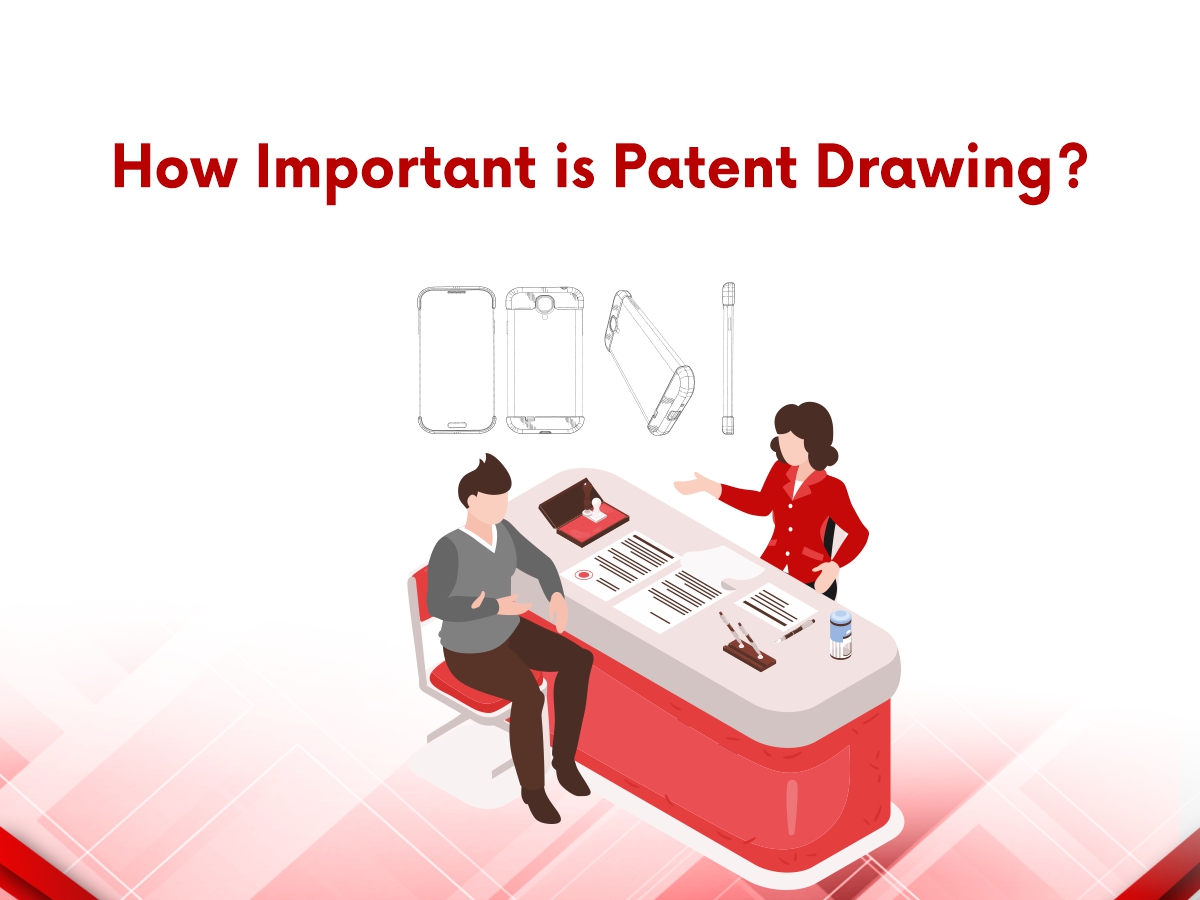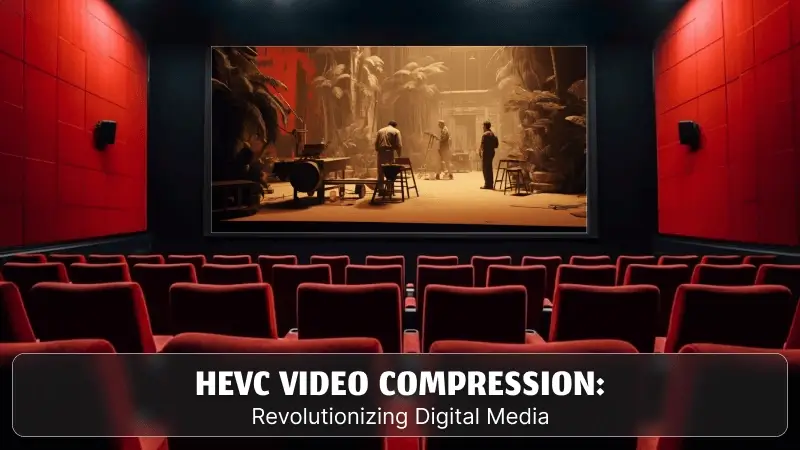
A patent drawing illustration is an essential aspect of a patent application since it enables the patent examiner to understand the patent better. The necessity for drawings in a patent application for clear illustrations is also mandated by the patent office which makes it easier to persuade the examiner and accelerate the process. A patent drawing is a visual representation of an invention.
Illustrations extract or capture the core of a complicated concept in a very basic, clear, and concise manner, which may successfully emphasize elements vital to your innovation and relate them to what came before, even when the changes look minute or insignificant. A high-quality drawing helps you to swiftly and clearly capture the distinction. It may also assist you in meeting those supporting requirements in a more efficient and effective manner – after all, a picture is worth a thousand words, right? When you file for a patent, the examiners at the patent office may briefly browse or go through your specification text, but they can easily tell what the invention is about and what are the major distinctions merely by looking at the drawings.
“Drawings must be given with the patent application when it is essential to comprehend the invention claimed to be patented,” according to the rule (35 USC 113).
To avoid breaking this rule, all patent applications should include drawings.
The main drawback of not adding drawings is that the patent examiner may raise objection to the application and demand drawings before proceeding with their search/examination. The main issue is that if you do not include drawings, but the examiner considers them necessary, the filing date will not be given.
If you lose your filing date, it’s possible that another inventor will obtain the rights to your idea, even if they filed after you. Even patents that do not require drawings/illustrations, such as method or process patents, still includes drawings like flowcharts to ensure that filing dates are not compromised.
Note that a patent application will never be rejected simply because it contains more drawings than are required.
Views in Patent drawings can be of the following types:
Sectional views are drawn when it comes to showcasing the internal parts of a 3D body. The cutting plane must be defined in order to correctly display a section view.
This is also known as an isometric perspective, and it is generally the picture on the front cover of a patent since it depicts how the invention appears in real life, despite the fact that it is a 2D illustration.
It helps the examiner to quickly grasp the essence of the invention with only one image, and it complements the textual specification’s Abstract section.
The structural link between components that are too tiny to be presented/differentiated in a normal fixed view is shown in these views. These views are useful for intricate mechanical drawings with parts that would be difficult to represent in a fixed illustration owing to their concealed nature, stacking, or closeness to other aspects.
These views are taken from only one angle at a time, and they show aspects of the innovation that the single isometric view would not show. The top and bottom views are also referred as “plan” views, while the side views are referred as “elevation” views. Different CAD software will employ these terminologies, and locking in a view for usage in a patent design will be important. Typically, there is one “front” view which highlights the most attributes of the innovation and this “front view” is linked to the surrounding elevation views as well as the top and bottom and aids in orienting the different perspectives.

Protecting Innovation in Fashion: Key IP Strategies Every Fashion Brand Should Implement

From Lab to Table: How Cultivated Meat is Revolutionizing the Industry?

HEVC Video Compression: Revolutionizing Digital Media

Quantum Computing: Breakthroughs, Software Innovations, and Strategic Partnerships 2025
© Copyright 2024 – Wissen Research All Rights Reserved.